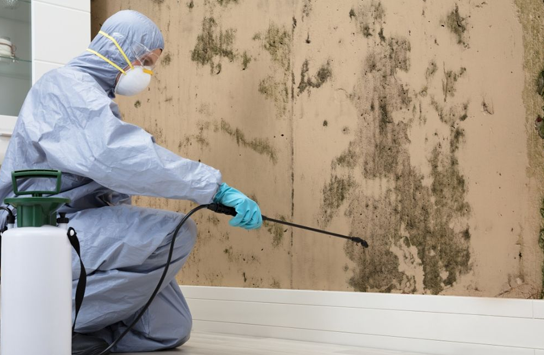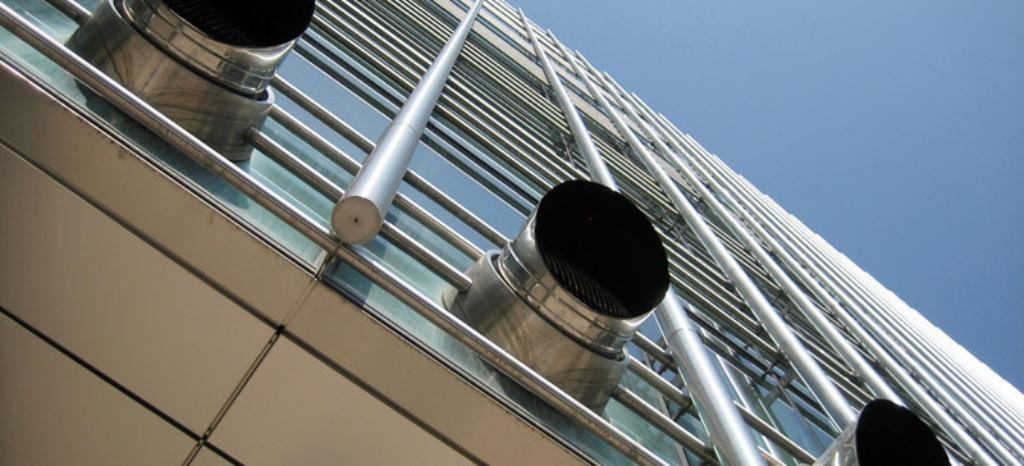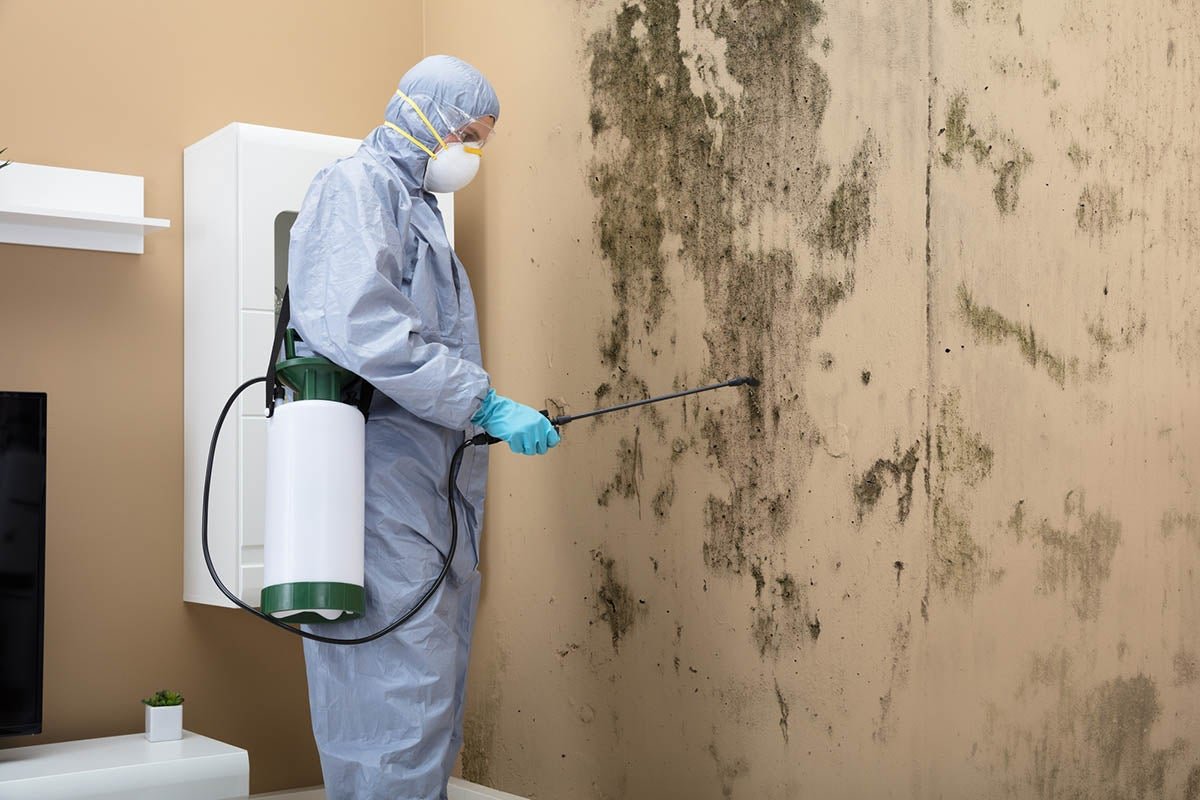Is your ceiling showing unsightly signs of water damage and mold growth? If so, you’re not alone.
Water damage and mold issues on ceilings are common problems that many homeowners face. In this article, we’ll explore the causes behind these issues and provide practical solutions to help you restore the beauty and safety of your home.
Understanding Water Damage on Ceilings
Water damage on ceilings can manifest in various ways, including water stains, peeling paint or wallpaper, sagging, and even structural damage. Here are some common causes of ceiling water damage:
- Roof Leaks: Damaged or aging roofs can allow water to seep into your home, leading to water damage on your ceiling. Regular roof inspections and timely repairs are essential for preventing this issue.
- Plumbing Leaks: Leaky pipes or plumbing fixtures in your home’s upper floors can cause water to drip onto the ceiling below. Promptly fixing these leaks is crucial to prevent further damage.
- Condensation: In humid climates, condensation can form on ceilings, especially in poorly ventilated areas like bathrooms. Proper ventilation and insulation can help reduce this type of damage.
Mold Growth on Ceilings
Water damage often goes hand in hand with mold growth. Mold thrives in damp, dark environments, making your ceiling an ideal breeding ground if it’s suffered water damage. Here’s how to identify and address mold on your ceiling:
- Visual Inspection: Look for black or greenish patches on your ceiling. These are common signs of mold growth.
- Musty Odor: Mold often emits a distinct musty smell. If you detect such an odor, there’s a good chance mold is present.
Solutions for Water Damage and Mold on Ceilings
- Identify and Fix the Source: The first step is to identify and repair the source of the water damage. This could involve fixing roof leaks, repairing plumbing issues, or improving ventilation.
- Safety First: When dealing with mold, prioritize safety. Wear protective gear, including gloves, goggles, and a mask. Isolate the affected area to prevent the spread of spores.
- Mold Removal: For small areas of mold growth, you can often clean the surface with a mixture of detergent and water. For extensive mold infestations, it’s best to consult a professional mold remediation service.
- Ceiling Repair: After addressing the water damage and mold issues, repair any structural or cosmetic damage to your ceiling. This may involve replacing drywall, repainting, or applying new ceiling material.
- Prevent Future Issues: To prevent recurrence, maintain your home by addressing any leaks promptly, ensuring proper ventilation, and controlling indoor humidity levels.
In conclusion, water damage and mold growth on your ceiling can be concerning, but with the right approach, you can effectively address these issues and restore the integrity and aesthetics of your home. Remember to act swiftly, prioritize safety, and consult professionals when necessary to ensure a thorough and long-lasting solution.




